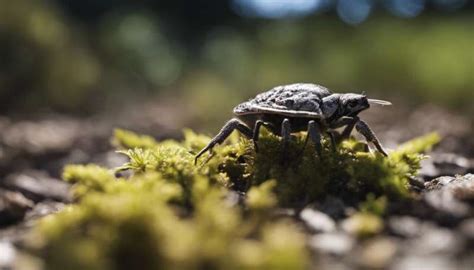—
Unwelcome Fertiliser
Have you ever found yourself dodging dog poo while out on a walk or bike ride? It’s not just an unpleasant sight; it poses a significant threat to our environment. When pet waste is left lying around, it acts as a fertiliser that can have detrimental effects on native plants and animals. While wildlife naturally contributes to the ecosystem by eating and excreting in nature, our pets disrupt this balance by depositing nutrient-rich waste where it doesn’t belong.
Australian soils are typically low in nutrients, and native flora and fauna have evolved to thrive under these conditions. Excess nutrients from pet waste can alter the soil composition, impacting plant growth and leading to potential contamination of waterways. This influx of nitrogen and phosphorous from unchecked pet waste could trigger harmful algal blooms, disrupting aquatic ecosystems.
—
Lurking Disease
Pet cats are not exempt from this discussion either. Cats allowed to roam outdoors may carry toxoplasmosis, a dangerous disease that can infect native mammals with severe consequences. Toxoplasmosis is caused by the parasite Toxoplasma gondii, which can lead to blindness, seizures, and even death in wildlife such as kangaroos, wallabies, possums, wombats, bandicoots, and bilbies.
Infected cats shed the parasite through their feces, posing a risk to other animals that come into contact with contaminated areas. Urban wildlife living near cat-populated areas face higher infection risks due to increased exposure to cat feces. The presence of toxoplasmosis alters animal behavior patterns, making them more vulnerable to predators or engaging in risky activities.
—
Eau de Predator
Beyond fertilising the soil or spreading diseases, dog poo serves as an unintentional warning sign for native wildlife about potential predators in the area. While dogs may seem harmless companions to us humans, they represent a threat in the eyes of Australian wildlife due to historical interactions with dingoes.
Research indicates that Australian native mammals perceive dogs as threats based on scent cues left behind by dog feces in their territories. This heightened sense of danger can deter wildlife from entering certain areas frequented by dogs—even if they are no longer present at that moment.
—
Living in Harmony: Coexisting with Urban Wildlife
Despite living in urban environments bustling with human activity, cities also house diverse populations of native animals struggling for survival amidst concrete jungles. From rare species seeking refuge in green spaces like parks and gardens to bandicoots navigating residential neighborhoods – these creatures share our habitat more closely than we realize.
By becoming mindful of the impact of pet waste on local ecosystems and taking proactive steps like cleaning up after our furry friends responsibly, we can create safer havens for urban wildlife amid sprawling cityscapes. Remembering “take only photographs; leave only footprints” isn’t just an eco-friendly mantra—it’s a promise we make towards preserving biodiversity for future generations.
—




Leave feedback about this